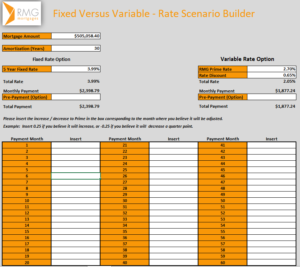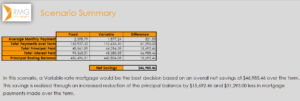
Maybe it doesn’t need to be said, but I’m going to say it anyway: Teaming up with an EXPERIENCED Broker is EVERYTHING in this market. You need and want a Broker who not only has access to the best rates (easy part) but it’s imperative they are experienced enough to see the big picture/long term plan. The Broker needs to know the questions to ask upfront so unspoken “surprises” don’t pop up sending the deal spiraling sideways at the final hour (OH, you are divorced and paying $2000 in spousal support… great to know…. ) My moto: Tell me everything, I will tell you how to package it.
I am 20 years into this amazing industry and it’s been a perfect fit for me. What I love to do more than anything is HELP people – and sometimes that means I get to put together the tougher puzzles. I do over 30M in Mortgages a year and my business is evenly spread between A and B deals. I arrange a ton of private deals as well, and I am not afraid to give alternative options and provide exit strategy’s to ensure they aren’t on the forever/never plan. I will bring your Bank to the table on rate come renewal, without any fees or obligation.
Tough deals don’t scare me, deadlines don’t scare me – I have an amazing assistant Nicole, and together we are a well oiled machine. I can normally review a deal with a client and in 5-10 minutes have an answer as to whether or not it’s doable, and what rates they might be looking at. And if I can’t find a solution, I have a whole Plan B Team willing to review it prior to issuing any declines.
So, yeah – I GOT THIS! Send them over 😉
Have an amazing week!
Janette Roch, MBI
CELL: 250 588 1919



